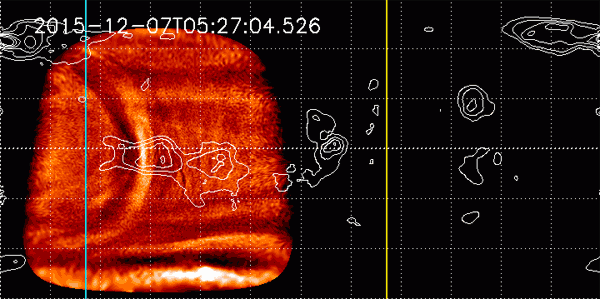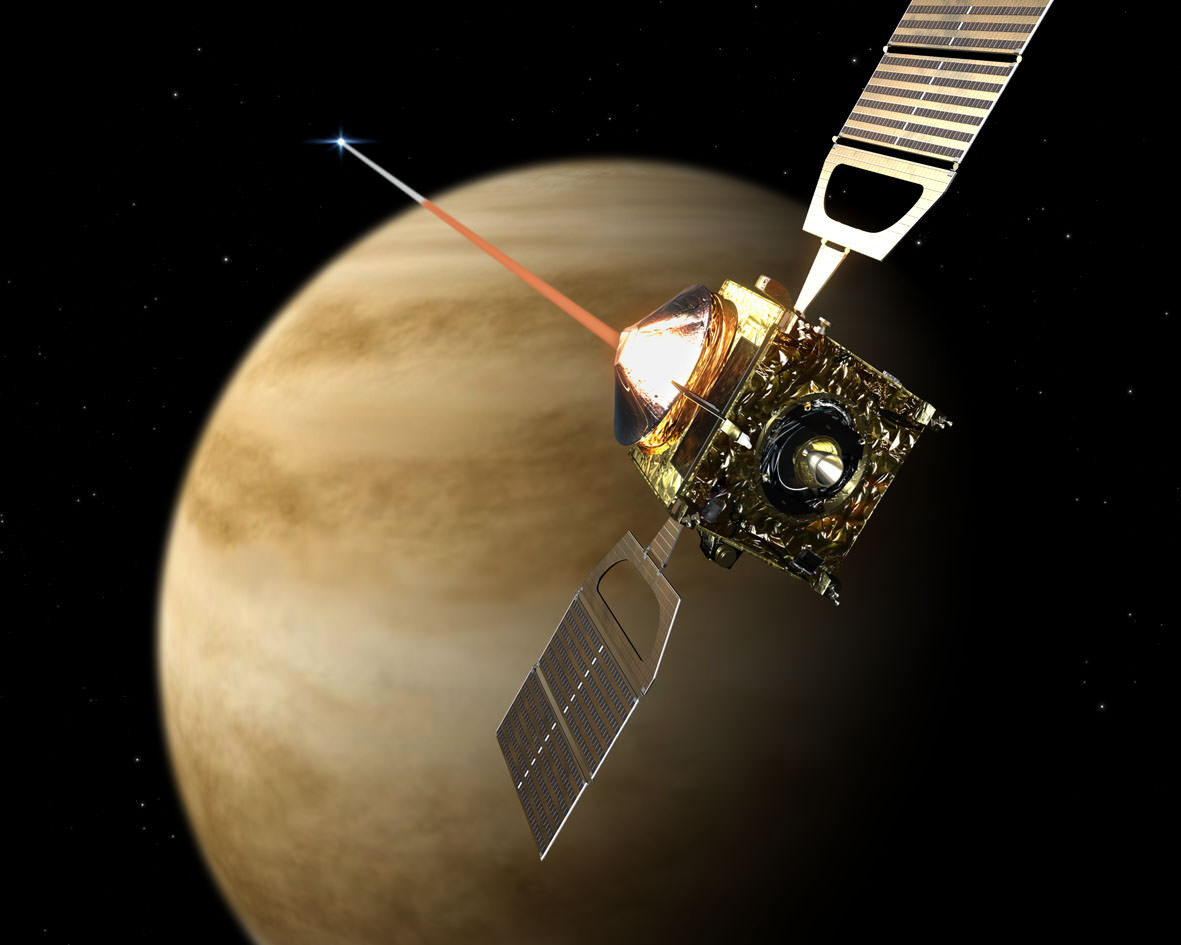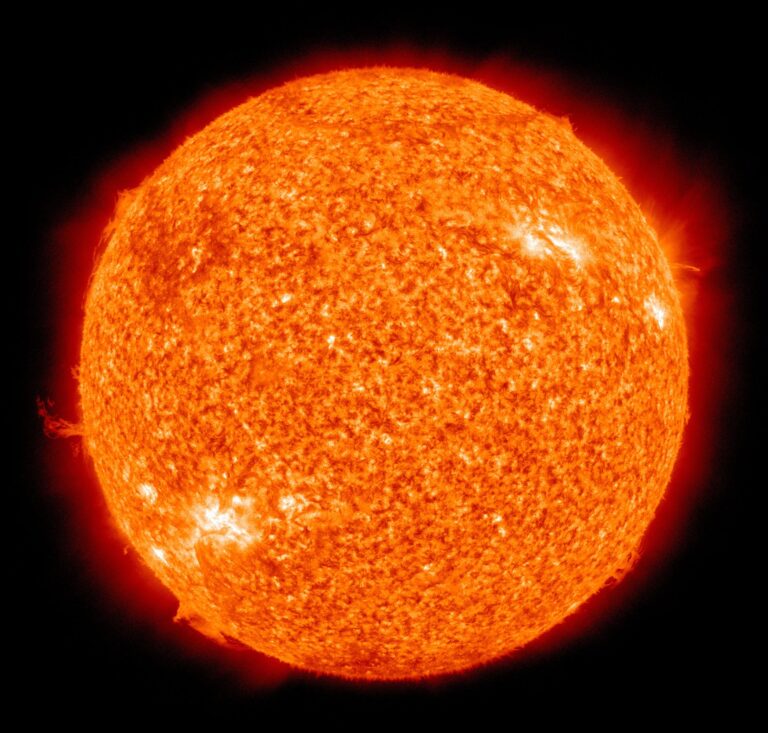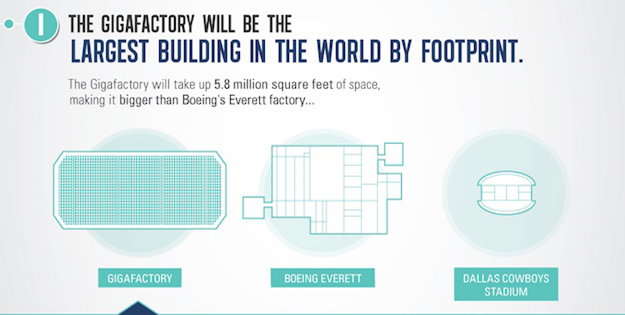Unusual Planet-Sized Wave Sweeps Across Venus
Also Check: Should We Send A New Mission To Venus
The wave stretched for around 6,000 miles and remained pretty much stationary for around 4 days back in December of 2015. This was remarkable because the sulfuric acid clouds that spread across the planet are usually travelling at very high speeds. It is also reckoned to be the largest example of this phenomenon found in our solar system so far. The wave was monitored over an area of land the size of Africa, known as Aphrodite Terra.

Venus is extremely similar, in some ways, to our own planet. Despite having a barren, inhospitable landscape now, it may have once been a lush tropical paradise where, if given long enough, life may have evolved. In many ways though, Venus is very different from Earth. For starters, it spins extremely slowly which makes a day on the planet last longer than a year.
“Over several days of observation, the bow-shaped structure remained relatively fixed in position above the highland on the slowly rotating surface, despite the background atmospheric super rotation. We suggest that the bow-shaped structure is the result of an atmospheric gravity wave generated in the lower atmosphere by mountain topography that then propagated upwards.” – The Japanese (JAXA) Research Team
Gravity waves are not uncommon on Earth and can be caused by mountains or islands. Air blows around and is forced over the obstacle, creating a gravity wave as it would with any fluid substance. The wave on Venus was far bigger than anything ever measured on Earth.
The orbit of the Japanese ship didn’t allow for stationary viewing of the phenomenon, but when the area became visible again a month later, the wave had gone. This certainly confounded the researchers who immediately surmised that the winds on the planet surface may not be as straightforward as they imagined. The Akatsuki spacecraft arrived at Venus just a few days before it spotted the giant wave. It was spotted using the sophisticated infrared and ultraviolet cameras on board.

Spacecraft rarely get second chances to fulfill missions and when something goes wrong, it normally spells doom for the mission. With Akatsuki, they were extremely lucky as the probe was due to arrive at Venus in 2010 but suffered a propulsion problem and couldn’t enter orbit. 5 years later and the ship had fixed itself and was back to seal the deal. It is currently the only manmade craft orbiting Venus.





